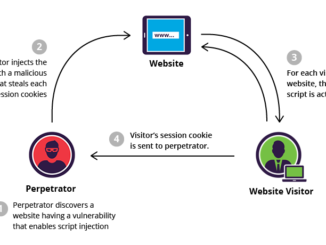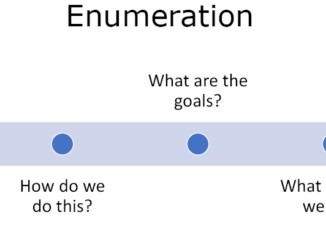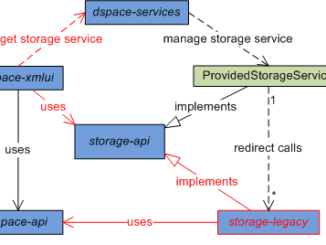
According to the survey, the phishing attack is one of the most dangerous cyber attacks of all time. The number of phishing attack has been increased dramatically than the previous years. A hacker can steal any sensitive data from your device or even you, by pretending to be someone you trust! Sounds creepy and hideous right? It’s happening. But you don’t need to just stay there and watch these creepy things happen, and praying that it won’t happen to you. You can stay safer by following the recommended cyber security tips which will help you a lot to stay calm, and of course, which will protect you from these kinds of threats. Phishing and Financial hack have become a technological headache nowadays. Here we will be talking about some phishing lures that could snatch your personal info such as card number, and other sensitive data from your computer or smartphone device.
Let’s talk about some phishing lures:
IRS Privacy Policy Lure
This phishing lure will ask you to click on IRS privacy policy to read. It has its IRS brand and occurs most during the tax season. It also makes a foul claim to activate an encryption, and once it’s activated, it will download Dridex botnet 1105. Dridex is one kind of malware that can steal banking information.

Loyalty Tax Refund Lure
It is one kind of ransomware. At first, it will ask the user to click on it to know more about loyalty tax refund. It look for those who desperately need free refund policies or something like that. After clicking on that, it will spread a malicious ransomware to the device and will claim any amount of cash. Be careful! Every article you may find on the internet that talks about internet security tips will always mention this situation. So, stay informed, and as we’ve said-be careful! By being careful we meant to get informed and to follow the recommended tips for your safety.
Missed Payment Deadline
This is an email lure. It will send you a fake missed payment deadline notice. The email will contain a zipped file attachment which is a malicious JavaScript. It will activate a ransomware right after the unzipping process.
Tax-Themed lure/Trojan
The tax-themed lure is a remote access Trojan or RAT. It spreads via email. The malicious email will also have an Excel sheet attachment. There will be a Luminosity Link which is a Trojan. A RAT can take over your device if activated.
The Tricky Revenue Agency
This is a banking Trojan called “The Trick.” It will be hidden under a well-crafted fake Canadian Revenue Agency page. After clicking on the page, the attack will be activated automatically. The Trojan is well-engineered and smart enough to take over any device and steal any information.

Budget Ransomware Lure
The name of this ransomware is Philadelphia. It will make the victim realize that they have violated some serious IRS rules and if they do not respond to the mail, they might face legal penalties. After clicking on the attachment, the hacker will launch the Philadelphia. However, it’s not so dangerous and can be removed.
Email Bearing a Phishing Form
The email will have a realistic-looking phishing form which tells the victim to provide personal information such as address, card numbers and so on. The form looks so real that most of the victim will be convinced.
Phishing Template
It is one of the most sophisticated phishing lures to initiate financial hacks. It will provide a JavaScript template will ask the victim to provide their banking information. But unfortunately, when the victim shares their info, the hacker gets it instantly.
Fake Big Pay Day Promise
IRS Commissioner John Koskinen suggested that this phishing lure will promise its victims to pay a big amount of refund as an ATM card. But first, the victim will have to provide their personal information. Hacker will steal all the information afterward. According to Koskinen, IRS will never give a promise anything like that.



